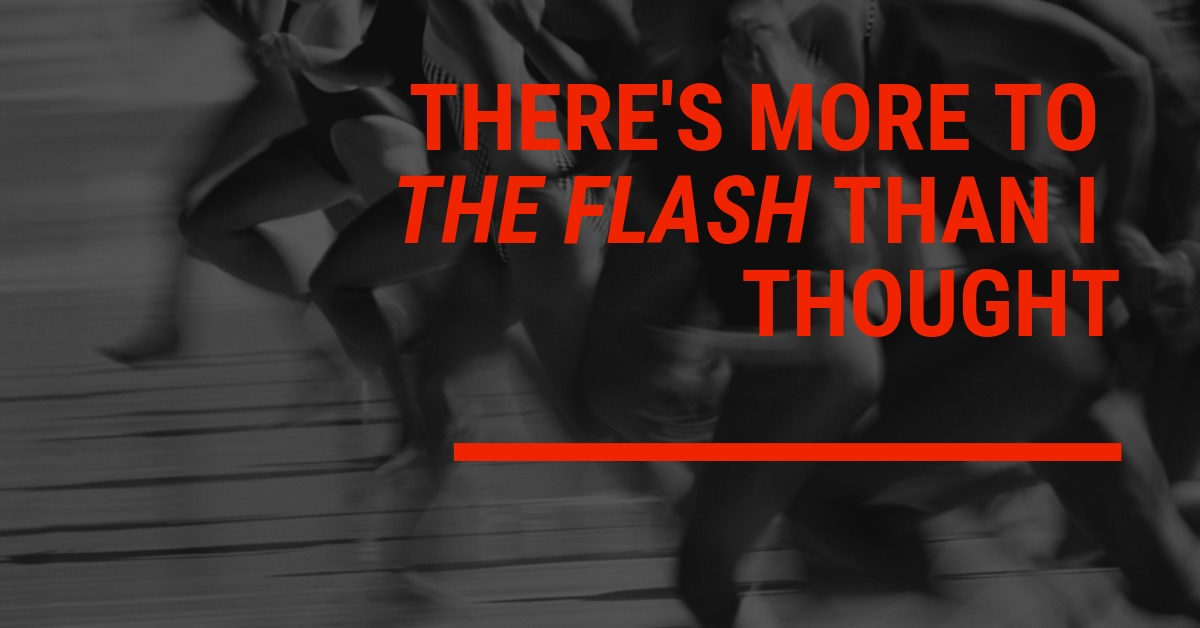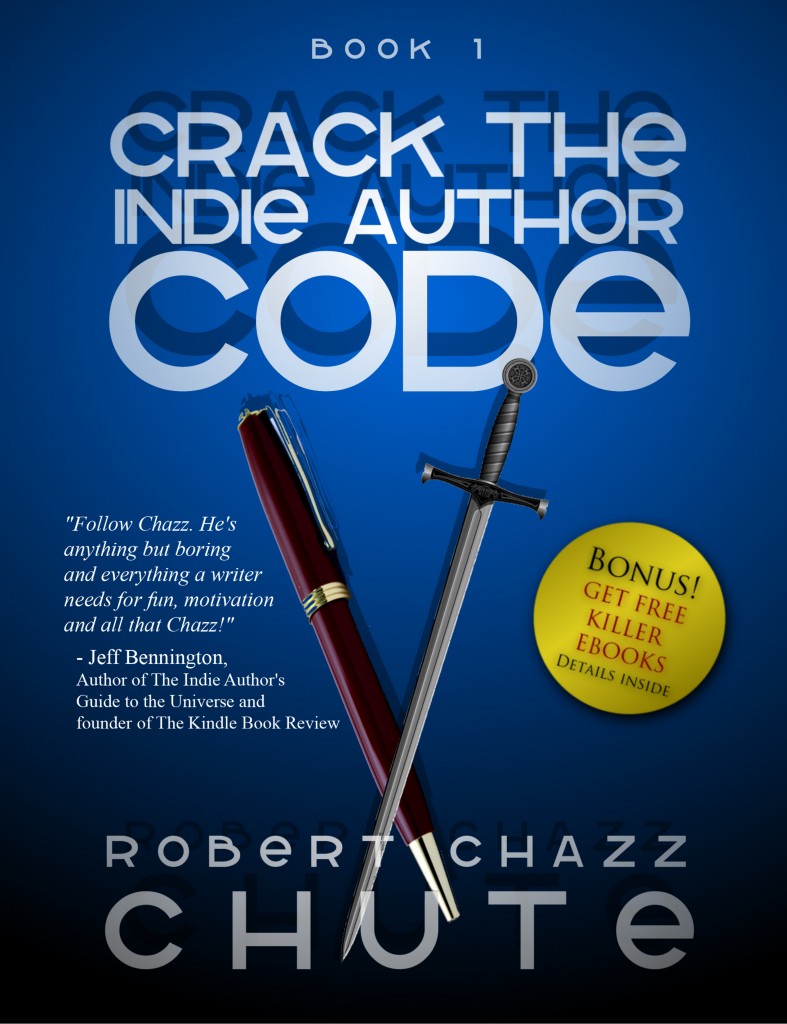There’s more to the writing and publishing process than swilling coffee and banging your head against a keyboard. Those caffeine injections behind the eyeball do help immensely, though. (Ask your doctor.)
Here’s how I do the deed, from words to action.
My Flowchart of Tears and Triumph is as follows:

Compose in Scrivener > revisions > Grammarly > Scrivener > Google Docs for Editor & Betas > Word Doc > Vellum > publish > exalt briefly > repeat until they nail they casket shut, squelching my screams of protest that I am immortal.
The Ex Parte Press breakdown :
- Scrivener is a writing program I’ve used for years. The writing interface is easy and intuitive. I love how I can jump around in a document so I can find what I need quickly. I can’t make such easy changes in a Word document. Microsoft Word was designed for business writing, not quickly finding details in full-length novels. Moving chapters around is also easy, should you feel the need. As easy as writing in Scrivener is, publishing with this program takes patience as you climb the learning curve. Since it can publish anything from manuscripts to movie scripts, the details are more complicated than the software I now use to format and publish. (See Vellum, Step 7.)
- How many times do I revise a manuscript? That depends on the project. My first draft is about getting the story out of my head and on the page. Character work and action comes pretty easily to me on the first go. Tweaking the plot details and finding more jokes tends to come with the second draft. I want the dialogue to sparkle so I tinker with that quite a bit. When revising feels like an exercise in procrastination, it’s time to move on to the next stage.
- Grammarly is an online spellchecker. I’ve tried ProWritingAid and found that it gave me too many false positives. Grammarly doesn’t give me too much or too little to consider. No matter how many revisions I’ve done, I read the book again in Grammarly. No online spellcheck is perfect. If my typo is “he packed it” instead of “he picked it,” Grammarly won’t catch that mistake. (I also have Autocrit but that’s not part of my regular publishing process yet. I’m still evaluating it so that’s a post for another day.)
- Once a draft is corrected in Grammarly, I paste it back to Scrivener a chapter at a time. That’s one way of getting a sense of my progress so I can try to warn my editor how late I’m going to be with the manuscript. I write every day and
it’s serious business. However, my editor understands that I need to have the book well developed before I show it to anyone. I’m self-conscious enough as it is and, as she says, “Some books need to simmer.” - I post the whole thing to Google Docs for my editor (Gari at strawnediting.com) and my beta reader. Sometimes I have more than one beta reader, sometimes not. I’ve been very lucky to find editorial support from sharp people who dig what I do. Editorial support from people who understand your genre and were fans first are aces.
- Once the editorial suggestions and corrections are made, I weep profoundly at all that I missed. Then I download the novel as a Word doc and take a look at it one more time, basically scanning for red squiggles and spot checking. Something will be missed. My first job in Toronto was in production at Harlequin in the ’80s. There were eight levels of editorial staff then. Very few publishing houses can afford that now and fewer still pay for that much input anymore. Even with eight editorial monkeys massaging the manuscript, there could be as many as six to eight little corrections to be made. In the end, I want as clean a presentation as can be. My people do not disappoint.
- Uploading to Vellum is quick and easy and some of the
interface is similar to Scrivener. Formatting and book design with Vellum is a joy. I’m fussy and I’ve done some pretty tricky things with certain design elements that would be very challenging without this software. When I’m done constructing the formatting for the book I have files ready to upload to sales platforms. - I publish exclusively to Amazon at the moment but that will change in 2019 as I expand my options. (The why of all that is a ranty blog post for another time.)
- When I hit publish on my first book in 2010, I took two weeks off to recover. I poured libations to the publishing gods and rested on my laurels. As I’ve progressed with publishing plots, plans, policies and practices I take less time to rest after all those p-words. There’s too much to do to enjoy the feeling of having published more than an hour or two. Sometimes it’s just a few minutes of elation. That would sound sad, pathetic and Sisyphean except I’m always excited about writing the next book. I jump on the next project until the tale is polished to excellence and I’m sick of it. As long as I’m satisfied readers will love the book, live in the world I create for them and laugh in the right spots, I’m happy.
- Being a novelist now is
lot like being a pulp writer in the ’40s and ’50s. I have to write the next book so maybe someone will pay attention to this one, that last one or, preferably, all my work. When people ask me how it’s going I say, “It’s like always having homework, but I love it and I get to work in a coffee shop without wearing an apron. This is the writing life.”
Hot Extras:
Writing and publishing is not a race but it is a marathon. When searching for editorial support, find people who notice your clever turns of phrase and aching awesomeness. Editing is more than scolding what you did wrong. When you see what your audience likes, you get clues on how to repeat those awesome feats of prose in the future.
By the time I’m deep into making editorial decisions with other people, I’m becoming sick of the book. A cheery LOL in the margin is energizing and the odd “Attaboy!” gives me the strength to persevere and run to the finish line.
Some authors claim they want their manuscript torn apart savagely. I suspect those folks are either lying, posing, preaching, masochistic or maybe they’re just really bad writers who need a spanking. It’s true that you could learn a lot from a thoughtful savaging from a good editor but eventually, you’ll tire and find an editor who treats you like a human being with feelings. The editorial process is best when it’s a collaborative effort of the likeminded. I do learn from my editor and I know she’s trying to make my books (even!) better. She never makes me feel worse about the process than I do already.
I mention this because I have met editors who think they’re in the mock and scold business. And yes, too many of them worked for traditional publishing houses and held the authors in their stable in contempt.
Expectations:
Gari keeps a style guide written just for me. My idiosyncrasies include:
- No Oxford commas unless required for clarity. (Yes, I’m one of those monsters who fails to worship your blessed Oxford comma. Gather your torches and pitchforks and chase me around the village.)
- I’m not a fan of commas before but. Commas are speed bumps. As long as it’s consistent and clear, cool. I do not want to slow the reader down too much on their merry way to
turning the page toward another visceral word punch. - One editor (not Gari) once insisted that I describe my characters in exhaustive detail. I refuse. Readers will meet us at least halfway on this. I once taught a writing class in which I read one of my short stories. That done, I polled the class as to what the main character looked like. Beyond being male and almost thirty, there was no description in the text. Despite this, everyone had a clear picture in mind as to what the character looked like. The pictures in their minds varied immensely but that did not matter to them. The guy had a live skunk in the back seat of his car and a dead ex-friend in the trunk! No one was shortchanged.
- I’m Canadian. I use American spelling conventions because most of my readers live in the United States. UK readers don’t seem to mind but some American readers take offense if the word color has
a u in it. (Probably a patriotism thing?) - Our style guide is generally The Chicago Manual of Style until I come across something that feels like it should be an exception to a rule. Things change. Internet used to be capitalized and I thought that was stupid. The
CMoS now accepts internet. I assume they noted my objections. You’re welcome.
~ Hi! I’m Robert Chazz Chute. Thanks for reading this far down! You’re a keener, aren’t you? I like that! Maybe you’re willing to go a little farther and meet me in
Zihuatanejo, Red?
About me: I escaped the 9 – 5 for the 24/7/365. I construct apocalyptic epics and suspenseful crime fiction. My next killer thriller, The Night Man, will be released soon. Please subscribe to be alerted when Easy’s adventure in darkness is available. Thanks!

More about The Night Man: Wounded in Afghanistan, Earnest “Easy” Jack returns home to rural Michigan to train guard dogs in the family business. His high school sweetheart is on the run from a very bad husband. His father is kidnapped by a dirty cop. Easy thought his war was over. Trapped in the middle of America, the Night Man is still in a war zone.
BONUS!
Are you a fan of my work? If you dig my sling, please leave a review. Even better, join my Inner Circle on Facebook. My Facebook group is Fans of Robert Chazz Chute. I share more about the writing life and assorted fun and nonsense daily.
Membership has its privileges: Fans get free ebooks to review and, with your permission, you will be entered in a raffle to get your name on a character in a future novel. Join us here and exalt at length.



